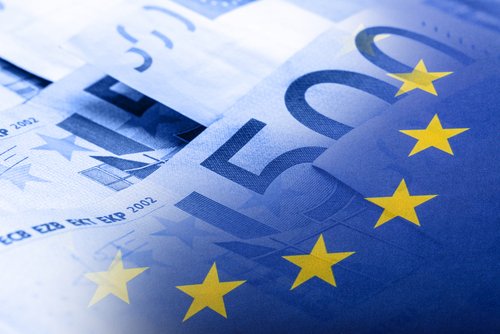Brussels (Brussels Morning) Eurostat records released on Tuesday show that the Eurozone economy grew 2% in the second quarter of the year, compared to the first quarter.
The rise was expected as authorities relaxed restrictions aimed at controlling the coronavirus pandemic which spurred economic activity, according to Reuters reporting on Tuesday.
At the same time, employment in the eurozone increased 0.5% on quarterly level in the second quarter, which is in line with predictions of economists who took part in Reuters’ poll. On the annual level, employment increased 1.8% in the second quarter of this year.
Eurozone GDP increased 13.6% in the second quarter compared to the corresponding period last year, when the economy was at its lowest point in the coronavirus crisis. Eurostat predicted at the end of July that annual GDP growth would stand at 13.7% in the second quarter.
Quarterly growth of GDP in the second quarter reversed negative trends from the previous two quarters – a decline of 0.6% in the final quarter of 2020 and 0.3% in the first quarter of this year.
Jessica Hinds, of the London-based Capital Economics consultancy, pointed out that strong growth is expected in the third quarter and predicted that the latest rise of COVID-19 infections will have limited effect on GDP growth in the Eurozone.
US, China recovering faster
Compared to pre-pandemic levels, the Eurozone GDP is approximately 3% lower, while the US and China passed their respective levels from the end of 2019.
Spain and Italy boasted the largest quarterly GDP rises in the second quarter among Eurozone economies, of 2.8% and 2.7%, respectively. Germany saw GDP growth of 1.5% and French GDP grew 0.9%.
According to data from Eurozone countries, consumer spending played a significant role in GDP growth in the second quarter. Dutch records released on Tuesday show that consumer spending increased almost 6% on the quarter in the second quarter this year.
Eurostat is to release final figures for the second quarter in September, which will break down economic trends in more detail.




